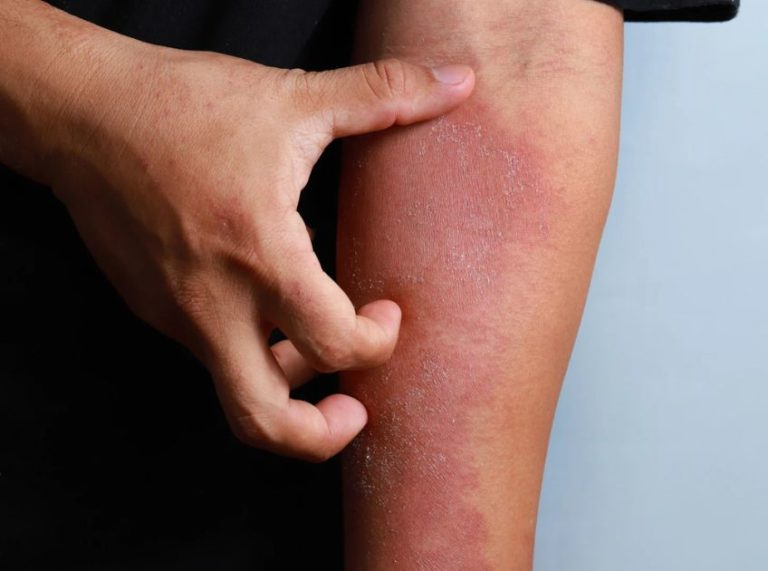
Important: This article is for informational purposes only. Please read our full disclaimer for more details.
Acid reflux or nighttime acidity happens when stomach acid flows back into the esophagus while lying down. This can cause heartburn, discomfort, and poor sleep. According to research published in The American Journal of Gastroenterology, sleeping posture plays a critical role in reducing reflux symptoms and improving sleep quality (1).
Best Sleeping Positions for Reducing Acidity
The way you position your body during sleep can either worsen or alleviate nighttime acid reflux. Proper alignment reduces pressure on the stomach and helps prevent acid from flowing back into the esophagus.
1. Left Side Sleeping (Most Recommended)
- Why it helps: Research in The Journal of Clinical Gastroenterology shows that left side sleeping keeps the stomach below the esophagus due to gravity, minimizing acid reflux (2)(1). The stomach’s natural curve also helps trap acid away from the esophagus in this position.
- How to do it
- Lie on your left side with your head slightly elevated.
- Place a firm pillow under your head and one between your knees to maintain spinal alignment.
- Keep your body relaxed and avoid curling too tightly to ensure proper digestion.
- Who benefits most: People with frequent nighttime heartburn, GERD, or pregnant women experiencing acid reflux.
2. Back Sleeping with Head Elevated
- Why it helps: Lying flat can allow stomach acid to flow easily into the esophagus. Elevating the upper body by 6–8 inches creates a downward angle, reducing acid backflow. A study in the Chest Journal found that head-of-bed elevation significantly decreases nighttime reflux episodes (3).
- How to do it
- Use a wedge pillow or elevate the head of your bed with blocks.
- Keep your upper torso and head raised, not just the neck.
- Maintain a gentle incline to avoid straining the lower back.
- Who benefits most: Those who can’t sleep on their side or experience reflux, regardless of side positioning.
3. Inclined Left Side Sleeping
- Why it helps: Combining left side sleeping with a slight incline enhances the gravitational effect, further reducing acid exposure in the esophagus. Studies in The American Journal of Gastroenterology support this combination as highly effective for chronic GERD sufferers (4).
- How to do it
- Lie on your left side on an adjustable bed or wedge pillow that tilts the upper body.
- Use a body pillow to maintain the position throughout the night.
- Ensure your hips and shoulders stay aligned to avoid strain.
- Who benefits most: People with severe GERD symptoms or those who wake up multiple times with heartburn?
5. Semi-Reclined Sleeping (Similar to a Recliner)
- Why it helps: A semi-reclined position creates an angle that prevents stomach acid from moving upward. This is especially helpful for people who feel better sitting up after meals.
- How to do it
- Use an adjustable bed or place multiple pillows to create a 30–45° incline (5).
- Support your lower back with a small cushion.
- Keep knees slightly bent to relieve pressure on the lower spine.
- Who benefits most: Individuals with hiatal hernia or severe GERD symptoms.
Sleeping Positions to Avoid with Acidity
Certain postures can worsen acid reflux and cause more discomfort overnight.
- Right Side Sleeping: Research shows that lying on the right side can relax the lower esophageal sphincter, increasing acid flow into the esophagus.
- Flat Back Sleeping: Lying completely flat allows acid to move freely upward, especially after heavy meals.
- Stomach Sleeping: This posture can put pressure on the abdomen, pushing acid into the esophagus.
Expert Tips to Relieve Acidity Before Bedtime
- Avoid eating large meals 2–3 hours before sleeping.
- Elevate the head of your bed by 6–8 inches to reduce reflux.
- Limit acidic and spicy foods during dinner.
- Maintain a healthy weight to reduce pressure on the stomach.
- Consider wearing loose-fitting sleepwear to avoid abdominal pressure.
A clinical trial published in the Gut Journal highlights that combining dietary adjustments with proper sleeping posture can significantly reduce nighttime heartburn episodes.
Frequently Asked Questions (FAQ’S)
1. Why does acid reflux get worse at night?
A. When lying down, gravity no longer helps keep stomach acid in place, making it easier for it to flow back into the esophagus.
2. Is sleeping on the left side always best for acidity?
A. Yes, research consistently shows that left-side sleeping helps reduce acid reflux compared to other positions due to stomach and esophagus alignment.
3. Can elevating pillows help with acid reflux?
A. Yes, using a wedge pillow or adjustable bed to raise the upper body can prevent acid from reaching the esophagus while you sleep.
Sleeping position plays a major role in managing nighttime acidity. Left side sleeping and elevating your head can reduce reflux episodes and improve sleep quality. Avoid right-side, stomach, or flat back sleeping, and combine posture changes with dietary habits for maximum relief and digestive health.















